Welcome to one of the most active flamenco sites on the Internet. Guests can read most posts but if you want to participate click here to register.
This site is dedicated to the memory of Paco de Lucía, Ron Mitchell, Guy Williams, Linda Elvira, Philip John Lee, Craig Eros, Ben Woods, David Serva and Tom Blackshear who went ahead of us.
We receive 12,200 visitors a month from 200 countries and 1.7 million page impressions a year. To advertise on this site please contact us.
|

|
|
RE: Building Guitar Number 100.
|
You are logged in as Guest
|
|
Users viewing this topic: none
|
|
Login  | |
|

  
Ruphus
Posts: 3782
Joined: Nov. 18 2010

|
 RE: Building Guitar Number 100. (in reply to Anders Eliasson) RE: Building Guitar Number 100. (in reply to Anders Eliasson)
|
|
|
Hello Keith,
Thank you of reminding me to specify where the string holes should be!
Gotta see which Luthier my neighbour consulted. If it is the one in town that I know, the man should have some routine with pegs, as he builds oriental instruments with pegs.
Actually I wasn´t very fond of the works / eyeing them rather critically. ( No angle between headstocks and necks, glue excess, sloppy fretwork and setup, etc. - Which seems how it´s done traditionally; at least for mediocre shelf, though. - However, as the repair job with the guitar was done pretty clean and cheap, I shall sniff out the situation once again.
Thank you,
Ruphus
|
|
|
|
REPORT THIS POST AS INAPPROPRIATE |
Date Sep. 18 2012 10:35:41
 |
|

  
Anders Eliasson
Posts: 5780
Joined: Oct. 18 2006

|
 RE: Building Guitar Number 100. (in reply to Anders Eliasson) RE: Building Guitar Number 100. (in reply to Anders Eliasson)
|
|
|
Taking the soundboard down to its (almost) final thickness
Soundwise, this is one of the most important steps in making a good guitar and I only do it when I feel good. I have to be tuned in myself in order to tune the soundboard.
two of my most important tools are a weight, to weigh the thing and a reference soundboard, which is a soundboard that I know, with a rosette inlayed. That I flex together with the soundboards that I´m working on. Then comparing and weighing I reach the point where I say thats it.
The thickness caliper is, of course, also important, but over the years, I´ve learnt not to use it to much, because each piece of wood is different and one piece of spruce ends up with 2,1mm while another ends up with 2,3mm and important... The thin one doesnt have to be the best. Not at all. What is important is to get it right. The thickness caliper I use mostly to make sure the soundboard has and even thickness.
First I use a drum sander, then a scraper and a palm sander with a 120 and later 240 grit paper.
Its important to leave the soundboard a bit thicker than you want it to be when the guitar has been finished. You have to scrape the bindings and final sand the whole guitar. This you´ll see later on in the process, but its where you devide the good builders and the not so good ones. Its very easy to take to much away especially close the the edges and then.... thats it. You cannot give it back.
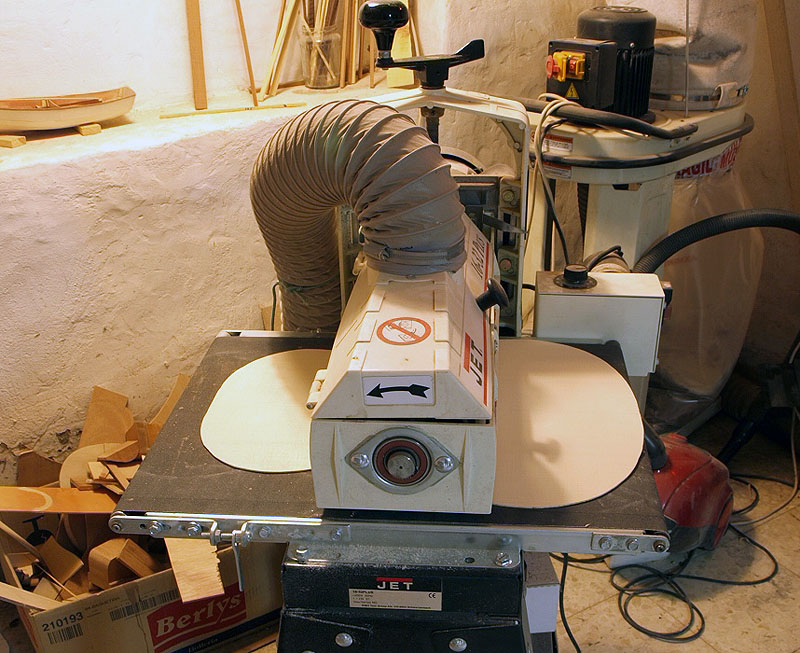
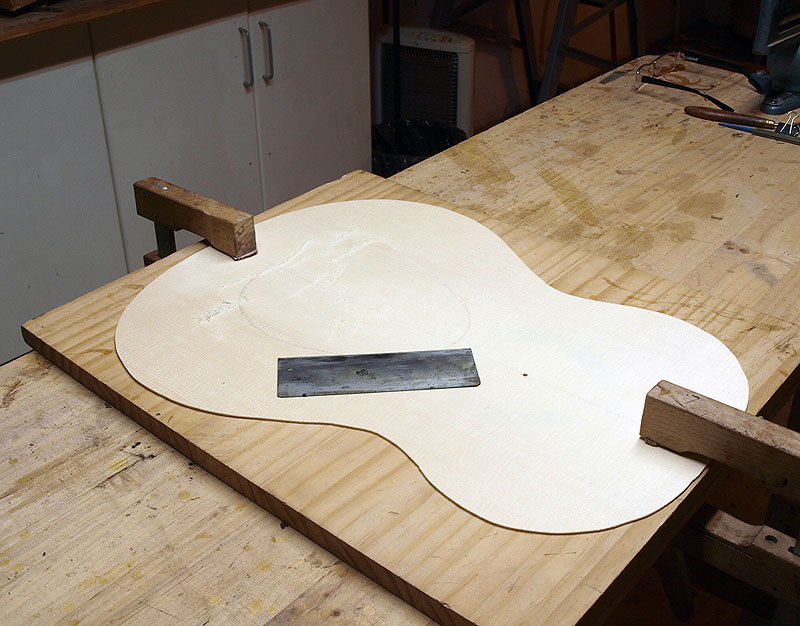
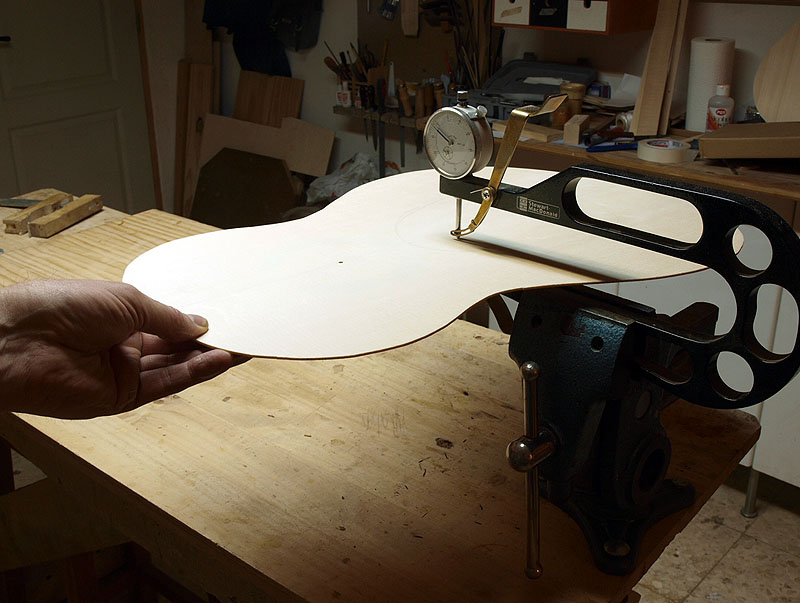
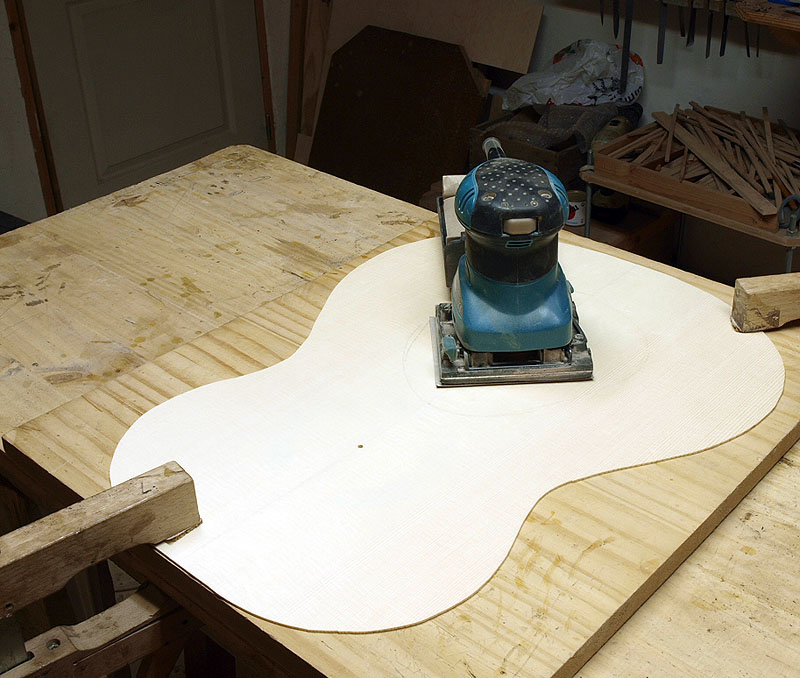
Images are resized automatically to a maximum width of 800px
 Attachment (4) Attachment (4)
_____________________________
Blog: http://news-from-the-workshop.blogspot.com/
|
|
|
|
REPORT THIS POST AS INAPPROPRIATE |
Date Sep. 19 2012 7:40:18
 |
|

   
mrMagenta
Posts: 942
Joined: Oct. 25 2006
From: Sweden

|
 RE: Building Guitar Number 100. (in reply to Anders Eliasson) RE: Building Guitar Number 100. (in reply to Anders Eliasson)
|
|
|
Very elegant pictures.
This guitar will be special, whatever the number. If you choose not to keep it, I hope it will end up with someone who appreciates what has gone into it.
During the last year and a half I've been touring with this kids show. Sound engineers and musicians have come up to me countless times asking about my guitar, nr. 73. Its an eye and ear catcher. It feels like I'm getting more compliments for my sound than my playing, which reflects some truth I think. The local luthier (also named Anders), liked it a lot. I will be playing on it for some kids tomorrow, and on sunday. Always makes me feel lucky. I play so little between shows because of the stubborn tendonosis I've got, and my repertoir is deteriorating, but the guitar cheers me up and injects me with new hope everytime. I've said all this before, I'm sure, just needed to voice my appreciation once more.
Remember you have a friend in the north.
|
|
|
|
REPORT THIS POST AS INAPPROPRIATE |
Date Sep. 20 2012 10:59:44
 |
|
 New Messages New Messages |
 No New Messages No New Messages |
 Hot Topic w/ New Messages Hot Topic w/ New Messages |
 Hot Topic w/o New Messages Hot Topic w/o New Messages |
 Locked w/ New Messages Locked w/ New Messages |
 Locked w/o New Messages Locked w/o New Messages |
|
 Post New Thread
Post New Thread
 Reply to Message
Reply to Message
 Post New Poll
Post New Poll
 Submit Vote
Submit Vote
 Delete My Own Post
Delete My Own Post
 Delete My Own Thread
Delete My Own Thread
 Rate Posts
Rate Posts
|
|
|
Forum Software powered by ASP Playground Advanced Edition 2.0.5
Copyright © 2000 - 2003 ASPPlayground.NET |
9.765625E-02 secs.
|


 Printable Version
Printable Version





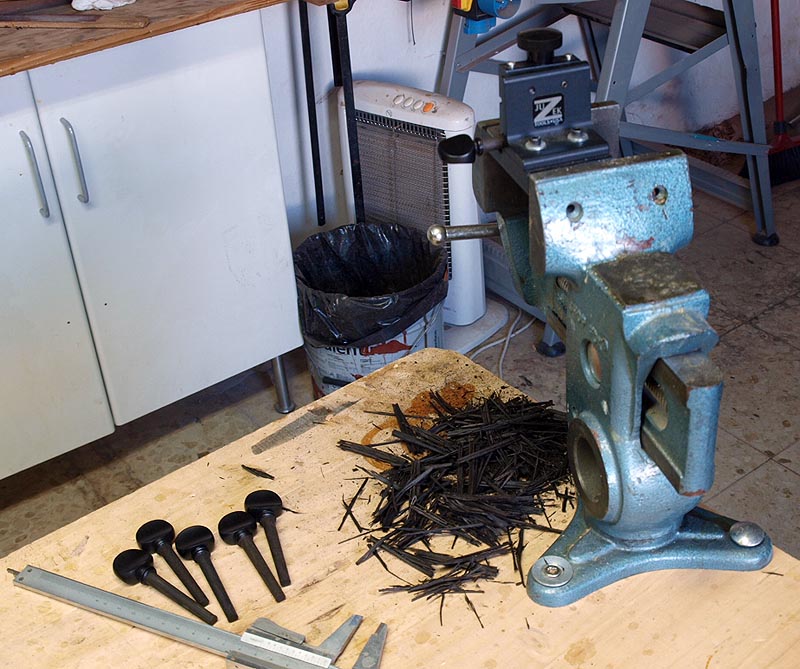
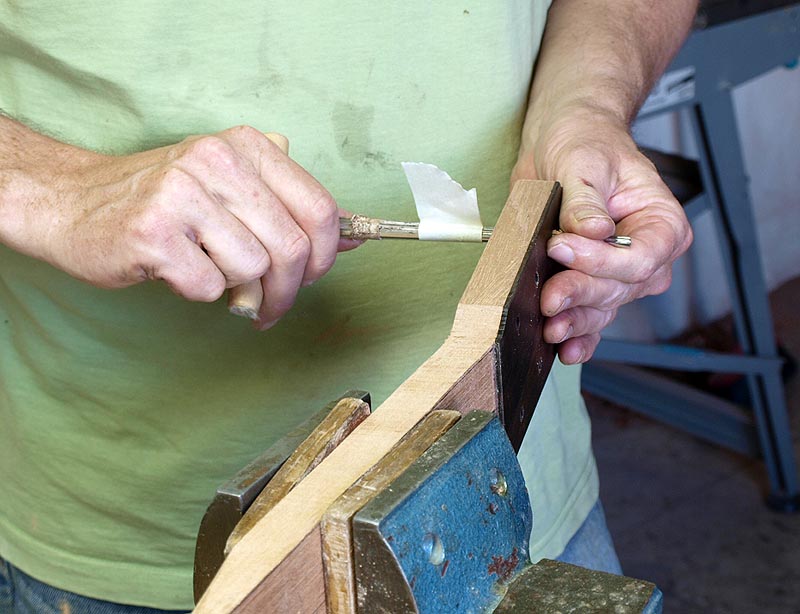

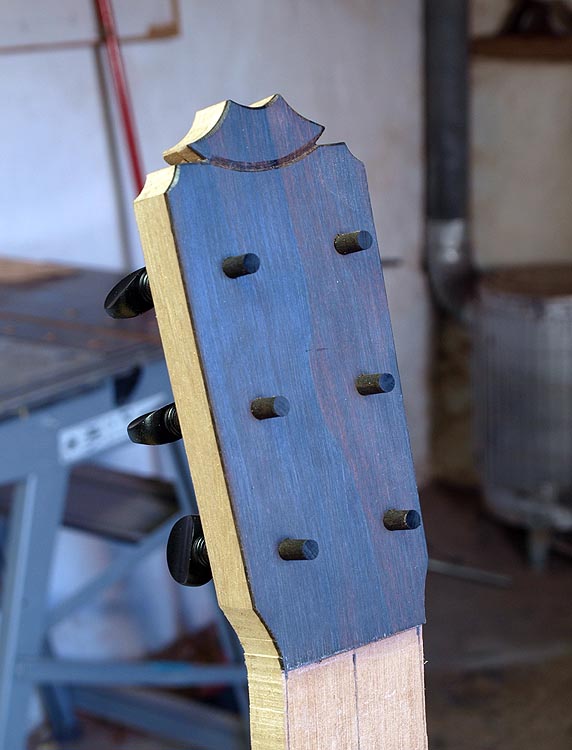
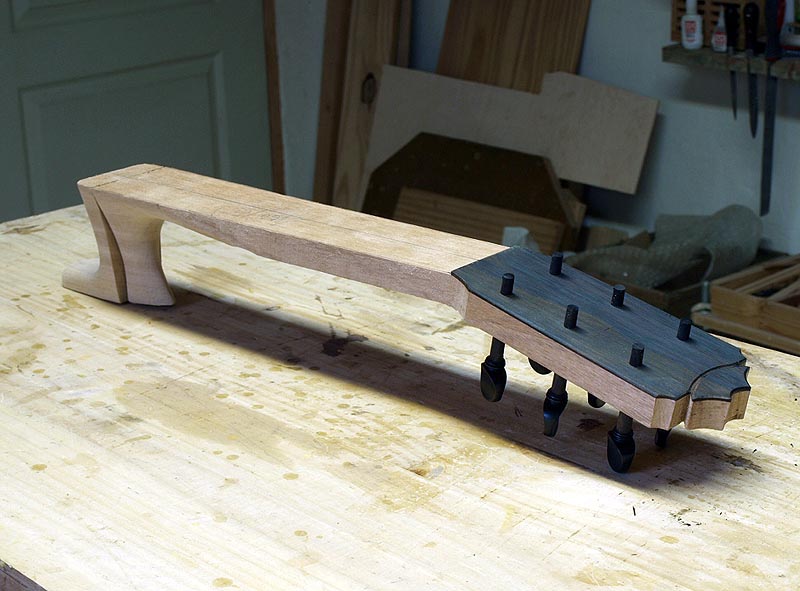
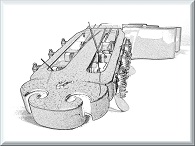

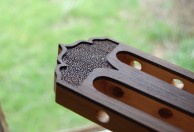


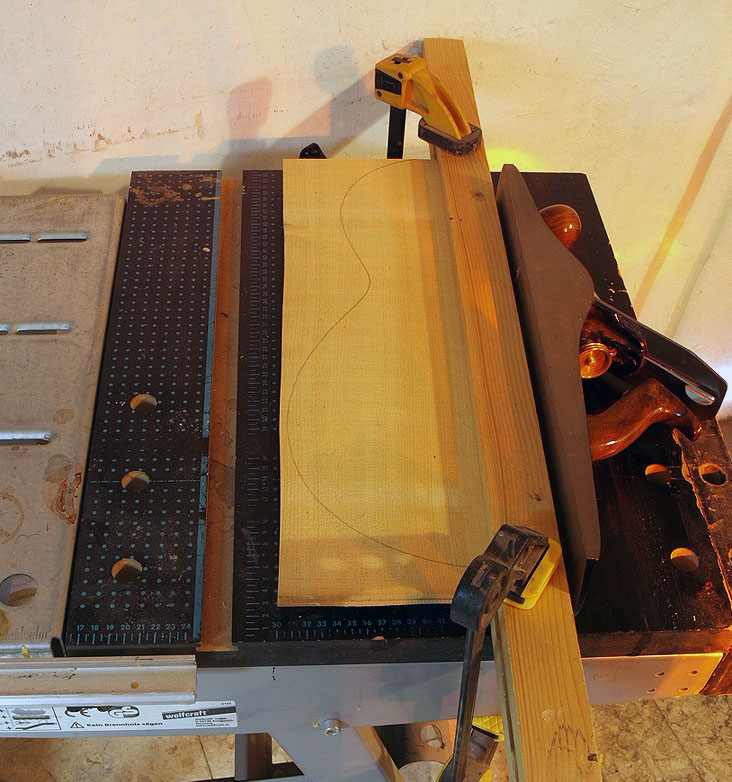
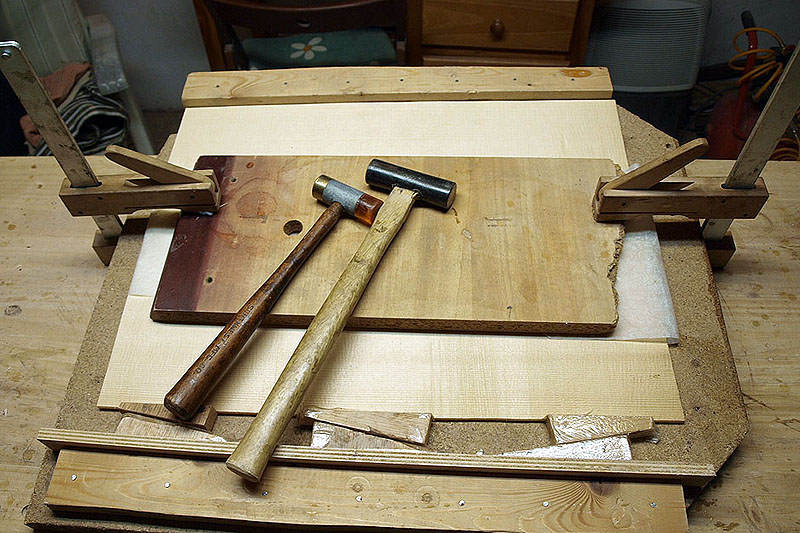

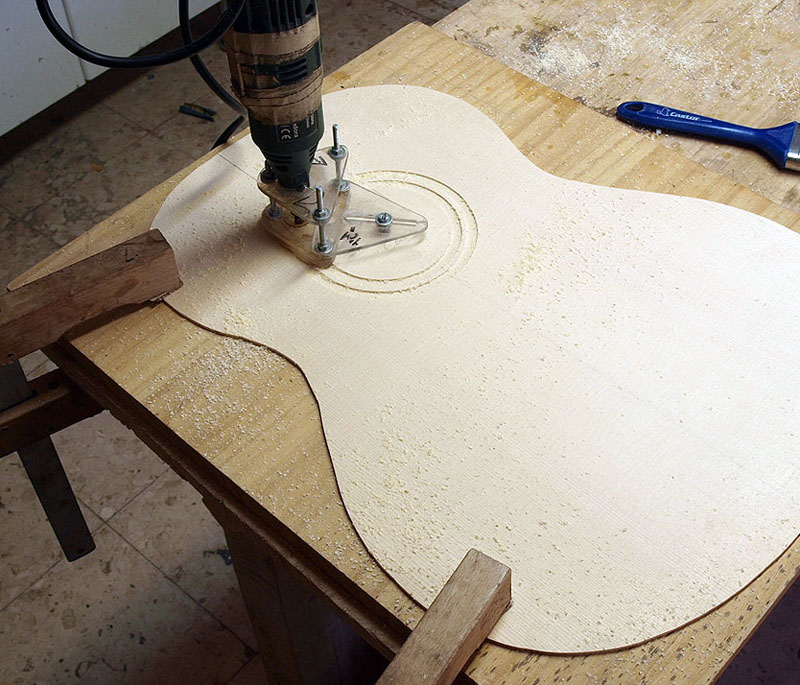
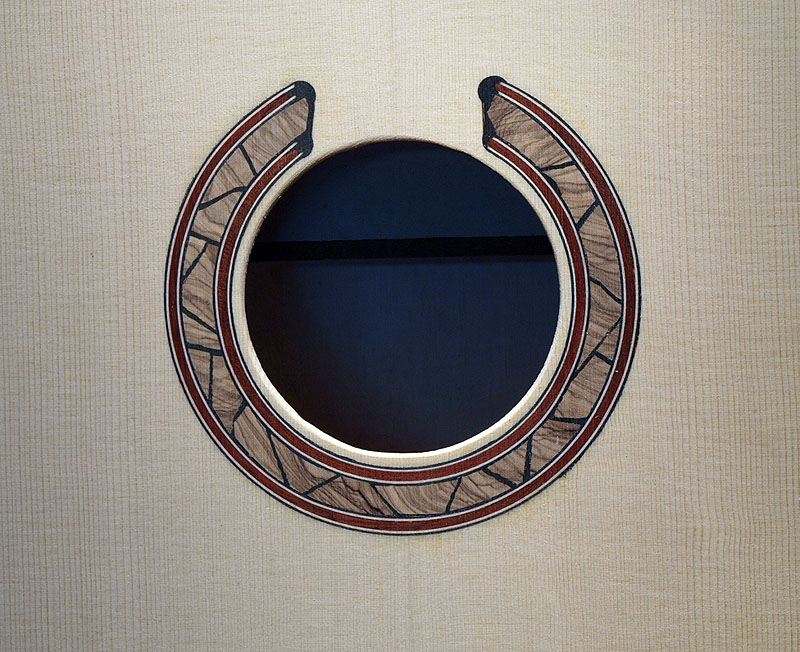
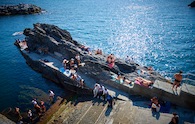






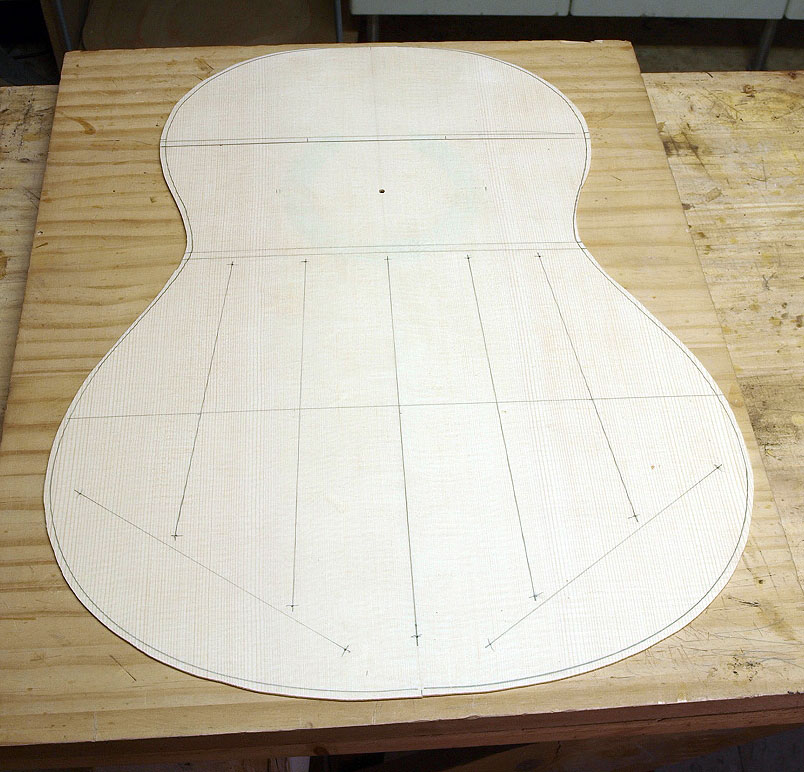
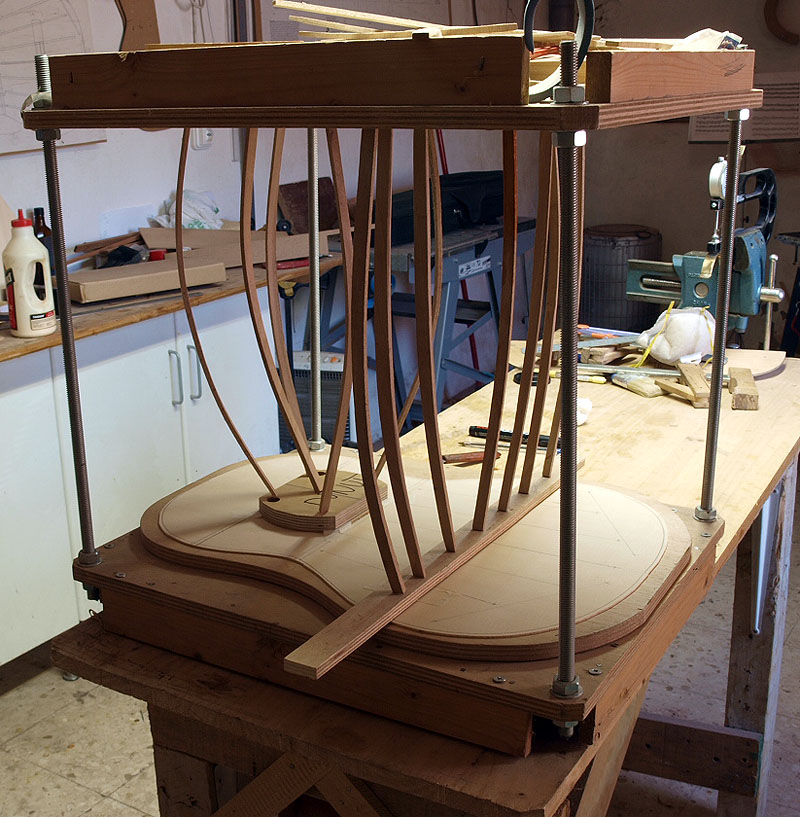
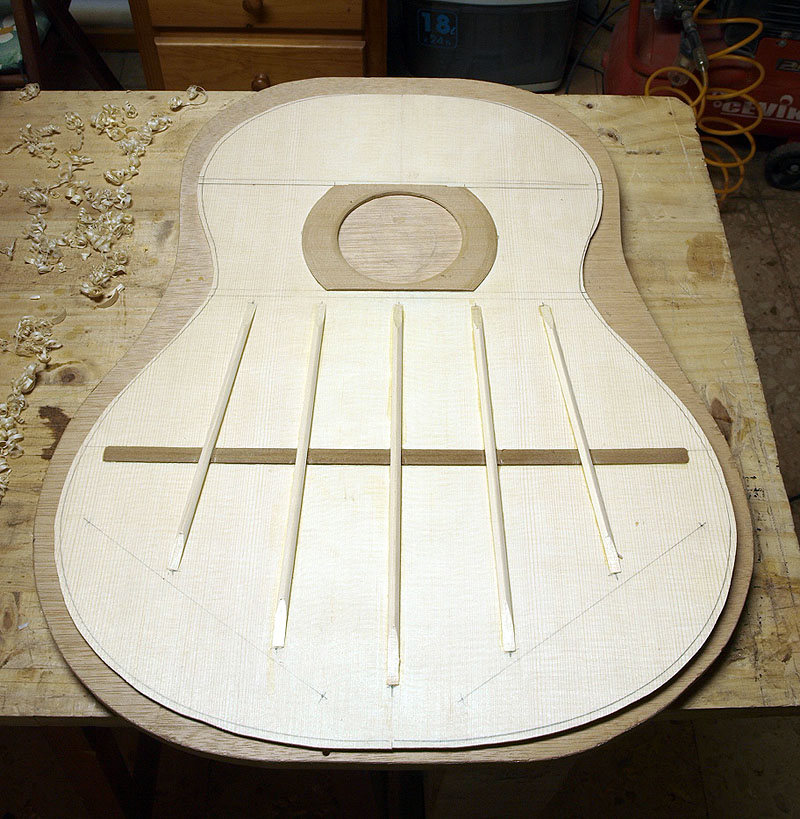
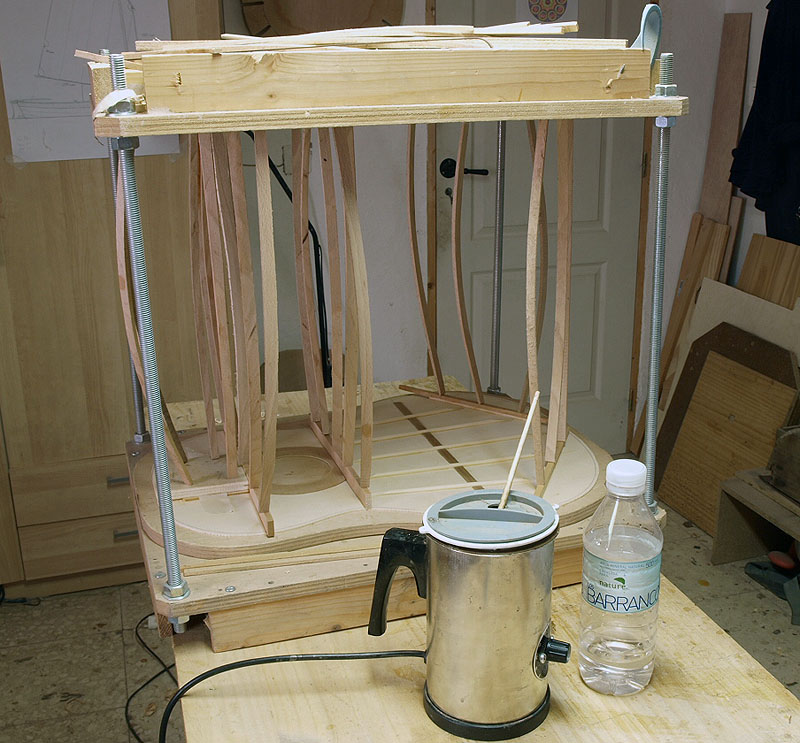
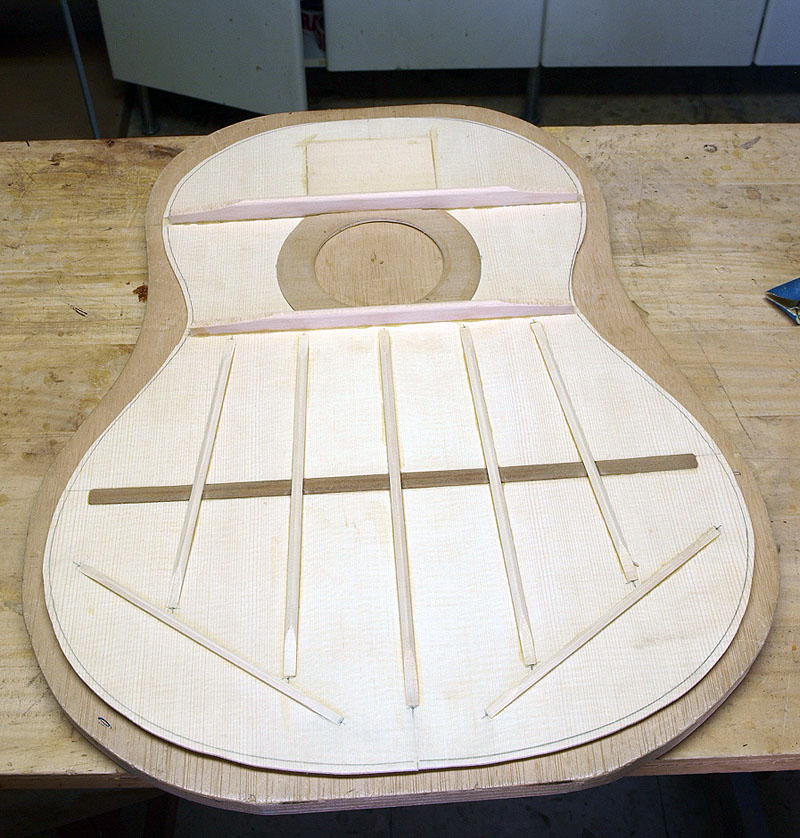
 New Messages
New Messages No New Messages
No New Messages Hot Topic w/ New Messages
Hot Topic w/ New Messages Hot Topic w/o New Messages
Hot Topic w/o New Messages Locked w/ New Messages
Locked w/ New Messages Locked w/o New Messages
Locked w/o New Messages Post New Thread
Post New Thread